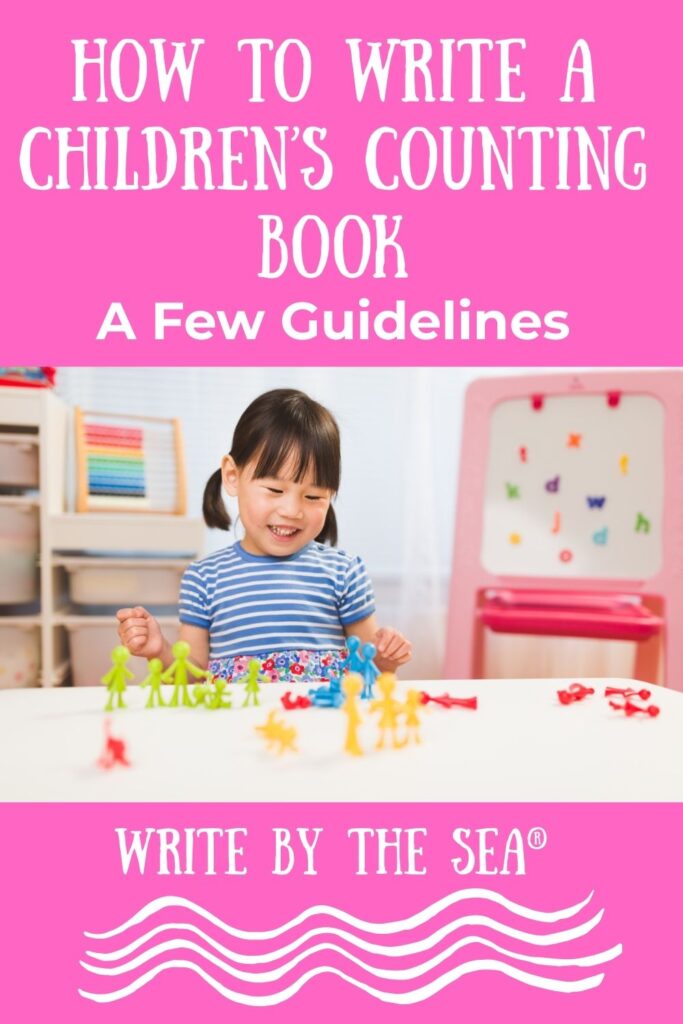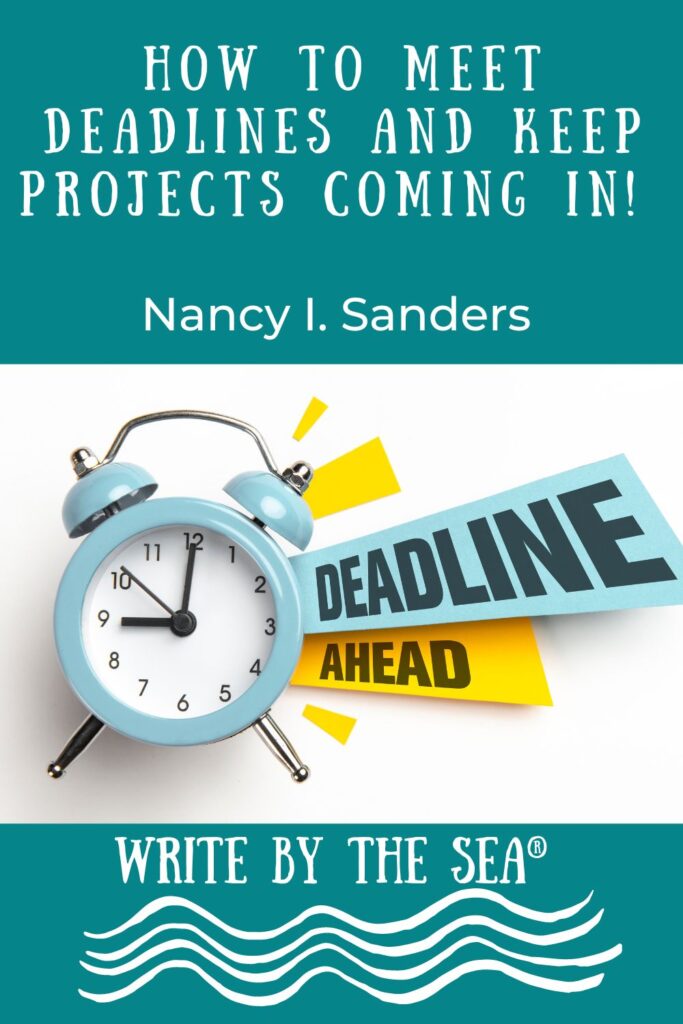Rejected manuscript? Sometime ago, an aspiring children’s author hired Melissa Abramovitz to critique and edit a short story that children’s magazine editors kept rejecting.
Since some of the mistakes this writer made are very common, Melissa decided to share how she helped her correct them.
These errors put many manuscripts on a fast track to rejection, so it’s important for anyone who seeks publication to look for and fix them before submitting.

Here’s what Melissa shared with the author:
Bad Grammar, Worse Typos
As I read the story, I noticed immediately that it contained numerous grammatical mistakes and typos.
When I pointed them out to the writer and started showing her how they could be corrected, she told me she thought it was the magazine editor’s job to fix things like this.
I patiently explained that magazine editors are inundated with submissions, including many well-written, flawless manuscripts that they must reject simply because they only have enough room for a limited number of stories in each issue.
Thus, they purchase stories that are ready to publish as is or will require minimal revision.
I pointed out that not only do typos and grammatical mistakes draw attention away from the story’s plot, but they also tell an editor that the writer is sloppy and unprofessional.
I also emphasized that it is important not to rely on computer spell-check and grammar-checking features.
These tools can help, but computer software cannot make human judgements like ensuring that a word’s spelling conforms to the context in which it appears.
Thus, it will not tell me whether their, there, or they’re is the right choice in a particular instance.
Unwelcome Wordiness
Once we corrected the grammatical and typo demons, we moved on to discuss the writer’s excessive use of adverbs and adjectives.
She, and many other writers, believed that flowery descriptions of characters and events give stories literary merit and draw readers into the characters’ world.
However, the opposite is true.
Mark Twain is one noted author who frequently denounced the excessive use of adjectives and adverbs. “Don’t let fluff and flowers and verbosity creep in. When you catch an adjective, kill it. No, I don’t mean utterly, but kill most of them – then the rest will be valuable,” he wrote in 1880.
Twain and other accomplished authors mainly decry the use of vague, nonspecific adjectives and adverbs like very, pretty, bad, big, little, hard, soft, and sad.
They also oppose the use of adjectives and adverbs to compensate for vague, weak, verbs like go and went, and vague nouns and adjectives like table and sick.
These vague, nonspecific words tell the reader about a conclusion the writer has drawn.
Strong, vivid words, on the other hand, show the reader what is happening and draw him or her into the story.
For example, the sentence “The wind blew hard” shows the reader nothing and uses the vague adverb hard to try to enliven the vague verb blew.
In contrast, “The howling wind whipped blueish-black clouds across the sky” shows the reader a clear picture and lets him or her experience what is happening.
I asked my client to put a red circle around every vague word in the manuscript.
Then, I instructed her to substitute a strong verb for each weak verb.
For example, instead of “He quickly went home,” I suggested “He raced home.”
Using strong verbs eliminated the need for most of the adjectives and adverbs.
I then helped her substitute vivid, specific adjectives or adverbs for the remaining descriptive words.
The Third Deadly Sin
The third issue we tackled involved one of the worst sins a children’s writer can commit – preaching to the audience.
It was obvious to me that this writer viewed herself as a wise adult preaching to the children for whom her story (a Christmas story), was intended.
So I asked her why she wrote the story, and her answer confirmed my suspicions.
She told me that she wrote it to teach kids about the true meaning of Christmas.
I explained that no child, or adult for that matter, wants to read a sermon disguised as a short story, and that no editor, including those who work for religious magazines, is likely to buy a story that preaches.
I suggested that the best way to begin creating a non-preachy story was to adopt a different attitude and a different answer to the question, “Why did you write this story?”
To facilitate these changes, I shared a short winter holiday story I recently sold to a children’s magazine.
My story is about Hannukah, and I thought it was especially relevant for my client because I believe it conveys my purpose in writing it.
I wrote the story 1) to entertain readers with a good story, and 2) to explore the meaning of the holiday and the relevance of its Biblical roots to the life of a tween-ager in the 21st century.
Did I set out to hit readers over the head with my knowledgeable, adult interpretation of the holiday’s meaning and relevance?
No. Instead, I sought to explore these issues through the eyes of the story’s main character.
I don’t think that I, as an adult, have all the answers to these types of questions.
But I do know what types of questions children ask about this holiday because I was once a child and because I have listened to the questions my own children and grandchildren and other children ask.
So I believe my expertise as an adult derives from my ability to craft a story that helps kids explore these questions in a meaningful way.
Once my client changed her perspective from that of the all-knowing adult to that of a fellow human being who has explored questions about the true meaning of Christmas, she was able to re-frame the plot so the moral of the story flowed from the main character’s struggles, rather than sitting on the sidelines and striking readers with a figurative hammer.
Although I cannot guarantee that this writer will sell the revised story, I do know that the new version is much more likely to impress an editor and lead to publication.
And hopefully, this client’s new-found understanding of why the manuscript was rejected will allow her to avoid these pitfalls in the future.
About Melissa Abramovitz
Melissa Abramovitz was an award-winning freelance writer/author who specialized in writing educational nonfiction books and magazine articles for all age groups, from preschoolers through adults.
She also wrote short stories, poems, and picture books, and was the author of the book for writers, A Treasure Trove of Opportunity: How to Write and Sell Articles for Children’s Magazines.
Work with a writing coach before your manuscript is rejected – Click Here





